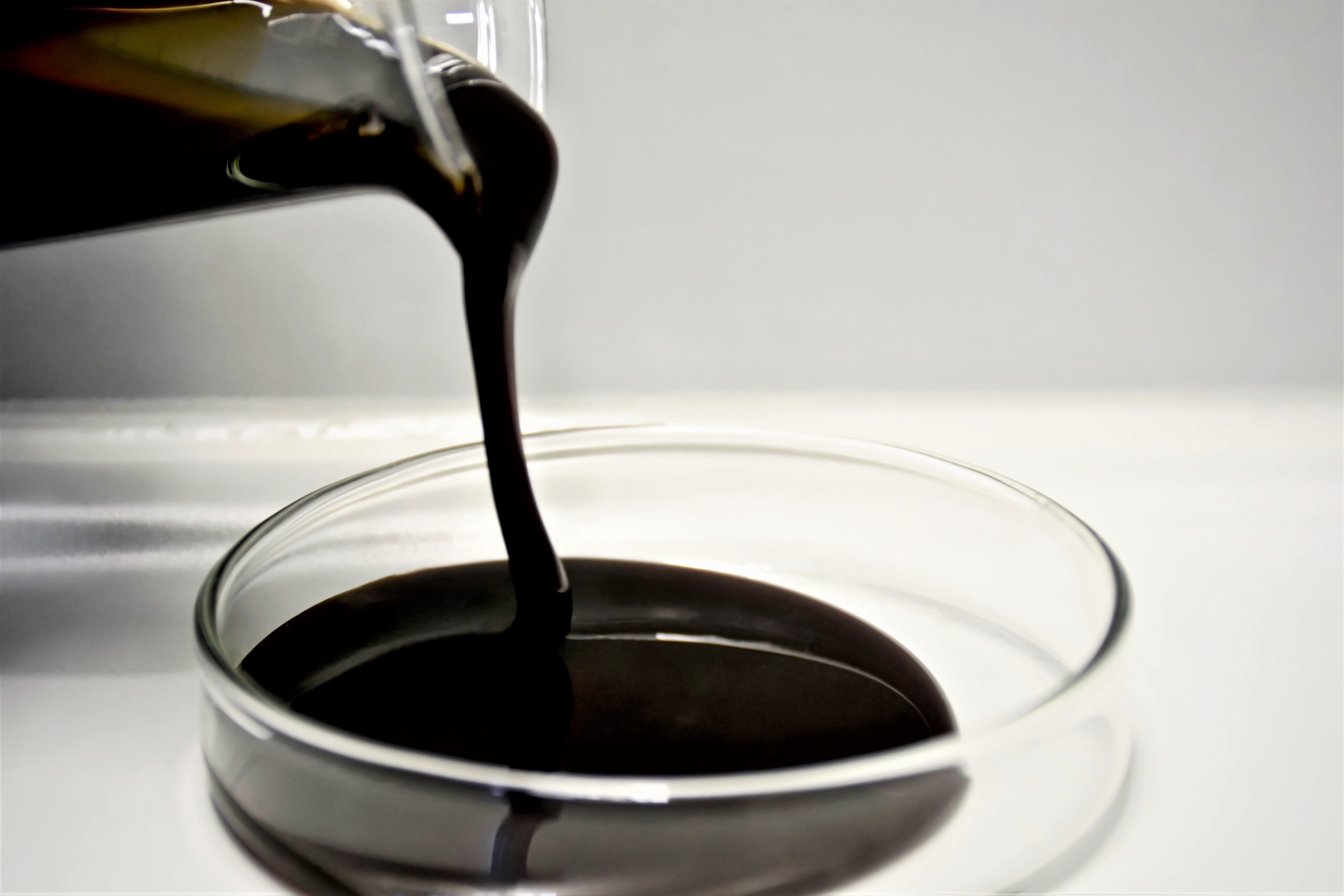4 Information management systems (IMS)
A specific information management system (IMS) can be used to provide
information about the operation and production of the facility. This can be a
separate system, or an integral part of the control system or SCADA system.
Figure 35. Information management system topology
For oil and gas, IMS functionality includes:
• Oil & gas production reporting
• Safety management
• Maintenance
• Operator support
• Overall systems integrated and external
• Historical data, including post failure "flight recorder" data
Some of the applications provided by an IMS system may be:
116
• Drilling data acquisition and drilling data logging
• Electronic shift logbook
• Operator procedures
• Chemical injection
• Chemical consumption
• Laboratory analysis registration
• Alarm and incidents overview
• Alarm Statistics
• Valve leakage test
• Transmitter surveillance
• Run time monitoring
• Block log
• Production plan
• SIL statistics report
• Subsea valve signatures
• Production overview and prognosis
• Valve verification
• ESD/PSD verification, including shutdown analysis
• Data export
• Data browser tool
• Historical data and current trend
• Well test
• Daily production report with metering data
• Volumes in storage cells and consolidation of produced stored and
dispatched volumes.
• Environmental reports
• Polynomial allocation (oil/gas/water) based on well test results
8.2.5 Training simulators
Training simulators are used to
provide operator training in a
realistic plant training
environment. They use the
actual control and safety
applications of the plant,
running on operator stations.
Plant models simulate the
feedback from the plant in real
time, or in fast or slow motion.
Training simulator applications
include functions for backup and
reload, including recreation of historical information and snapshots. Offsite
117
training facilities are often connected (read only) to the live plant to provide
information from the real operating situation.
8.3 Power generation, distribution and drives
Power can be provided from mains power,
local gas turbines or diesel generator sets.
Large facilities have high power demands,
from 30 MW up to several hundred MW.
There is a tendency to generate electric
power centrally and use electric drives for
large equipment rather than multiple gas
turbines, as this decreases maintenance
and increases uptime.
The power generation system on a large
facility is usually several gas turbines
driving electric generators, 20-40 MW
each. Exhaust heat is often needed in the
main process.
Figure 36. Electrical single line diagram
118
Voltage levels for high, medium and low voltage distribution boards are 13-
130 kV, 2-8 kV and 300-600 V respectively. Power is generated and
exchanged with mains or other facilities on the HV distribution board. Relays
are used for protection functions.
HV is transformed to MV switchboards, to which large consumers are
connected.
LV switchboards feed a mix of normal consumers, motor control
centers (MCC) and variable speed drives for motors up to a few hundred KW
(not necessarily separately, as shown in the figure below).
A separate emergency power switchboard provides power for critical
equipment. It can be powered from a local emergency generator if main
power is lost. Computer systems are fed from an uninterruptible power
system (UPS) with batteries, connected to the main or emergency
switchboard.
A power management system is used for control of electrical switchgear and
equipment. Its function is to optimize electricity generation and usage and to
prevent major disturbances and plant outages (blackouts). The power
management system includes HV, MV and LV low voltage switchgear plus
MCCs and emergency generator sets. Functions include prioritization of
loads, emergency load shedding (closing down of nonessential equipment)
and prestart of generator sets (e.g., when additional power to start a big
crude pump is required).
Large rotating equipment
and generators are driven by
gas turbines or large drives.
Gas turbines for oil and gas
production are generally
modified aviation turbines in
the 10-25 MW range. These
require quite extensive
maintenance and have a
relatively low overall
efficiency (20-27%,
depending on application).
Also, while a turbine is
relatively small and light, it
will usually require large and heavy support equipment such as large gears,
air coolers/filters, exhaust units, and sound damping and lubrication units.
119
Therefore use of large variable speed drives is becoming more common. For
pumps on subsea facilities, this is the only option. For use on remote
facilities, High voltage DC transmission and HV motors can be used, from a
main facility or power from shore. This avoids local power generation at each
facility and contributes to low manning or remote operation.


